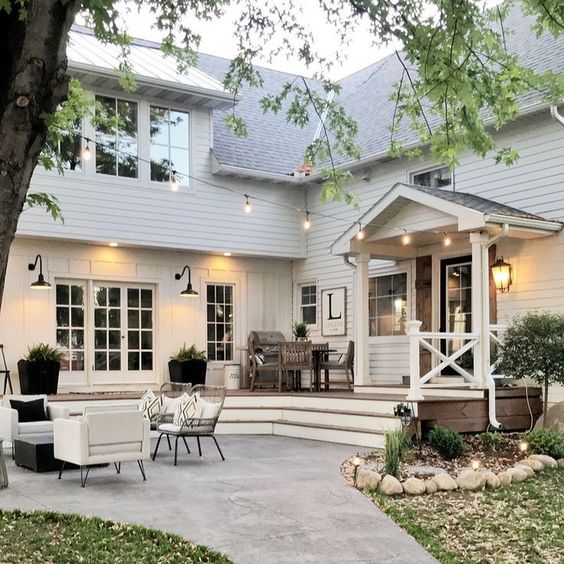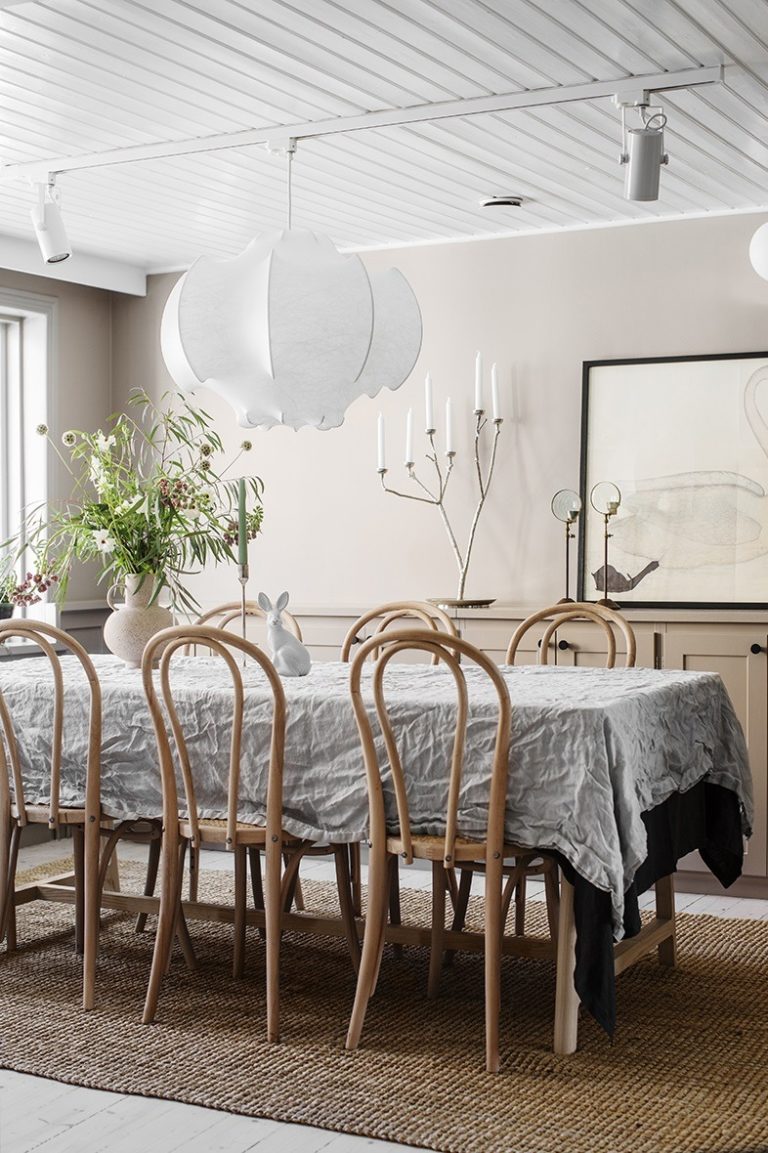Top Tips For Insulating Your Home
Britain’s housing stock has heaps of historic character: Victorian terraces with original fireplaces and chimneys, Art Deco flats with aluminum windows, cottages with ancient stonework. Unfortunately, these buildings, for all their charm, weren’t built to 21st century standards or with our expectation of comfort and our heating bills in mind. You could be pouring pounds out of the windows—or rather, up any chimney without a draught excluder—trying to heat them.

Unless your home is a new-build designed for energy efficiency, it could likely benefit from improved insulation. Insulating your loft, walls, and floors and blocking draughts that come from windows, doors, and chimneys can keep it warmer during the winter and cooler in the summer, meaning your boiler won’t have to work as hard, and you won’t have to run so many fans, reducing your energy consumption and costs—and your carbon footprint. In fact, some forms of insulation can trim so much from your domestic energy bill they pay for themselves in under five years. Furthermore, making your home more energy efficient is an investment that will always pay dividends. If you don’t live there long enough to see those returns on your energy bill, you’ll see them in the increased sale or rental prices, as new insulation will boost the property’s Energy Performance Certificate (EPC) rating.
Insurance can be a costly and complicated process, however. The following tips can guide you through the process and ensure your home is snug and energy efficient by next winter.

Identify where in your home heat is going
Typically, 40% of the heat lost from your home will go through the walls, with an additional quarter lost through the roof. But when targeting areas to insulate you have to consider what type of home you have: if it’s a terraced property (and then if it’s mid-terrace or an end of terrace home), if it’s detached or semi-detached, or if it’s a flat and where the flat is located in the building. Once you identified the leaks, or rather weaknesses, in your structure, you can set to patching them up.

Go for 270 mm thickness with loft insulation
According to Which? magazine, loft insulation can cut up to £225 from the annual energy bills of a detached home (and save 990kg of CO2 per year). Professional installation can cost up to £400, depending on the size of your loft, but if you’re handy, you can install it yourself and dramatically cut costs. You can buy a roll of 100mm insulation, 2.96m², for around £20.
You may already have some insulation in your loft, but if it isn’t 270m thick you could still make savings by topping it up.

Insulate the loft rather than the roof, if you can
It’s cheaper to insulate a loft space than to install roof insulation, but this won’t be practical if you’re using your loft for living space. However, if you don’t necessarily have to sacrifice your loft’s storage space. Get around this by insulating between joists with mineral wool (the stuff in the roll) and then place insulation boards and then floor boards on top. Just make sure you don’t compress the mineral wool, as this reduces it’s insulating properties.

Determine what type of walls you have
There are two common types of exterior walls in the UK: solid walls, with typically 9 inch thick layer of brick, and cavity walls, with two layers of brick with a gap of between 20mm to 100mm between them, designed to prevent damp.
How do you tell which type you have?
- If your home was built prior to the 1930s, it’s likely it has solid walls.
- Cavity walls are thicker, often more than 270mm.
- Look at any exposed brickwork: if all the bricks are laid lengthwise, you have cavity walls.
Cavity walls are easier and cheaper to insulate: you simply fill the gap between the bricks with an insulator, often fiberglass or more expensive polystyrene bead insulation. You can install cavity wall insulation for as cheaply as £5 per square meter.
Because solid walls have no gaps between the bricks, you’ll have to install insulation either to the inside of the property, or the outside. It’s expensive—up to £100 per square meter—but can make an even greater impact on your energy bill, potentially shaving a quarter from your heating costs.

Check if your energy company will fund your insulation
Additionally, some energy suppliers will offer free insulation to vulnerable customers or those who receive certain benefits. Check with your supplier to see if you’re eligible.
You can also visit Warma UK who are experts in heating and insulation grants. There you will find a wealth of information on how your energy provider can subsidise an insulation grant for your property.
Don’t forget about draughts
You don’t have to go into your loft or hire a professional to make savings. Up to 20% of the heat lost from your home is going through the doors and windows. Seal up windows by placing draught-proofing strips, either self-adhesive or metal or plastic with brushes attached, between the glass and the frame. Line the edges of doors with foam, wiper, or brush strips; put a flap or brush over the letterbox, and a draught excluder at the bottom. Use a draught excluder on chimneys, but only if you don’t use the fireplace.







